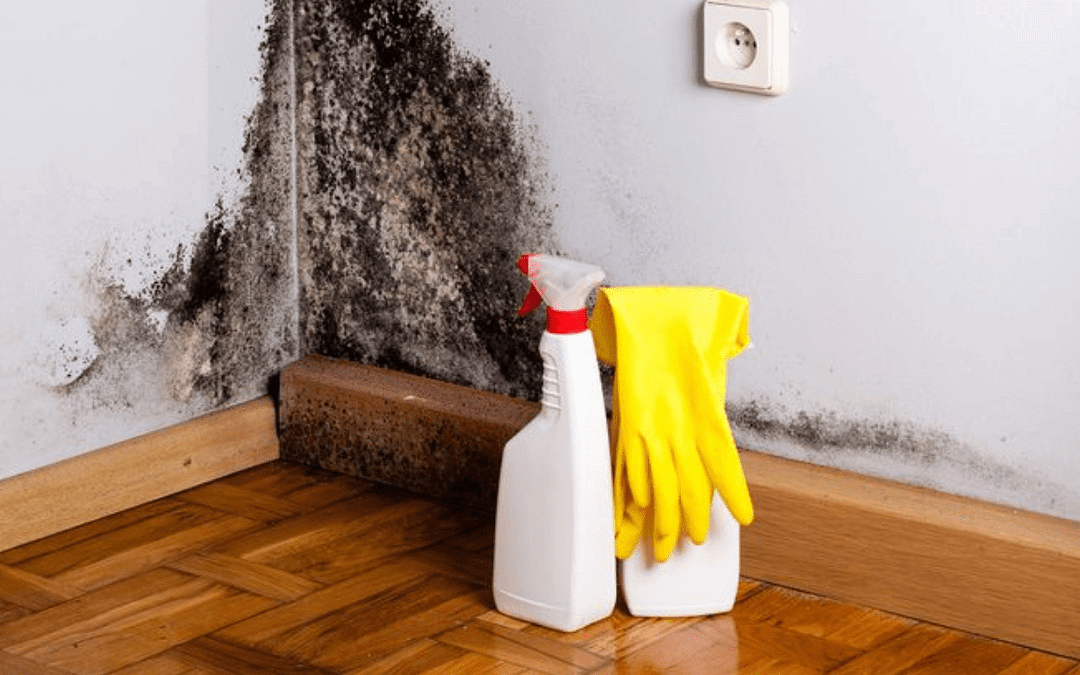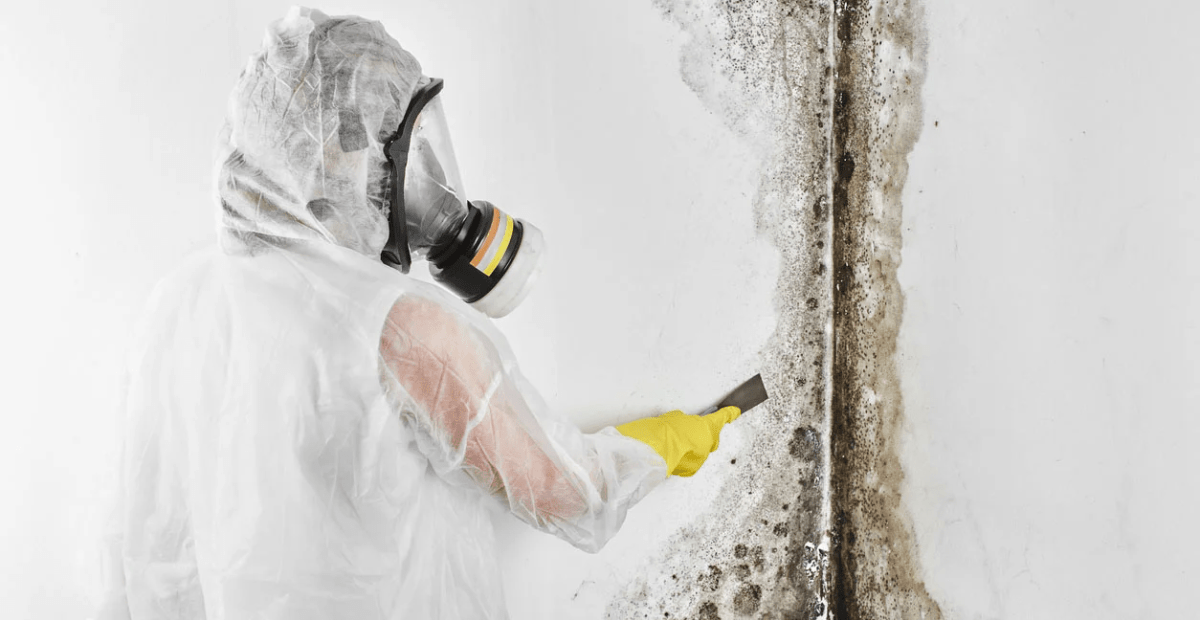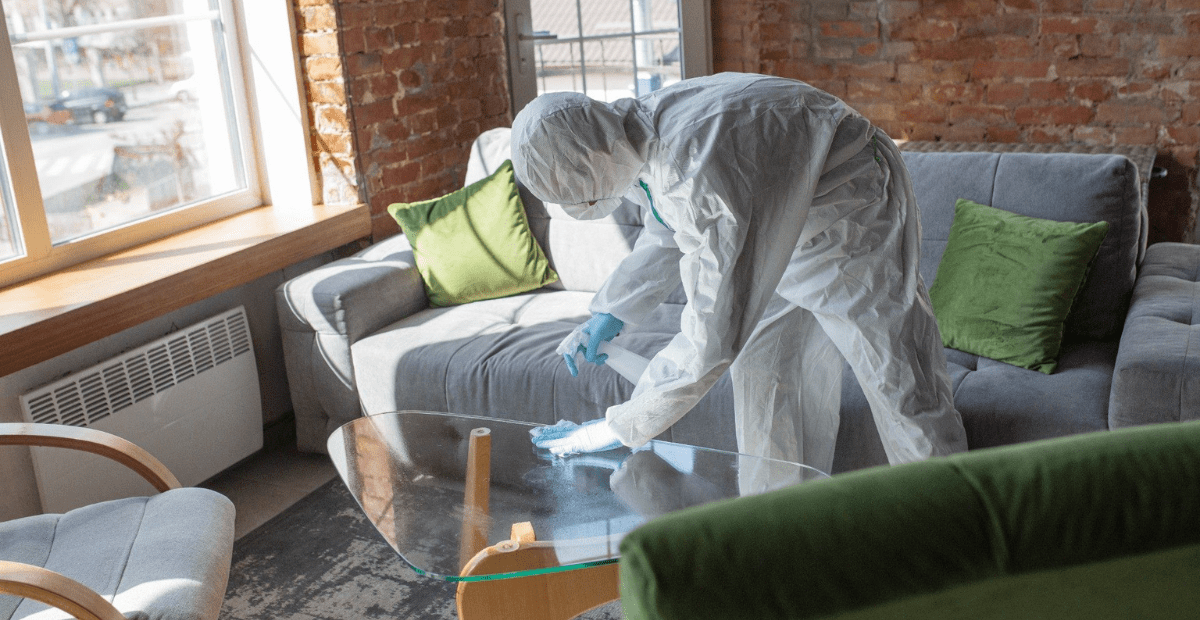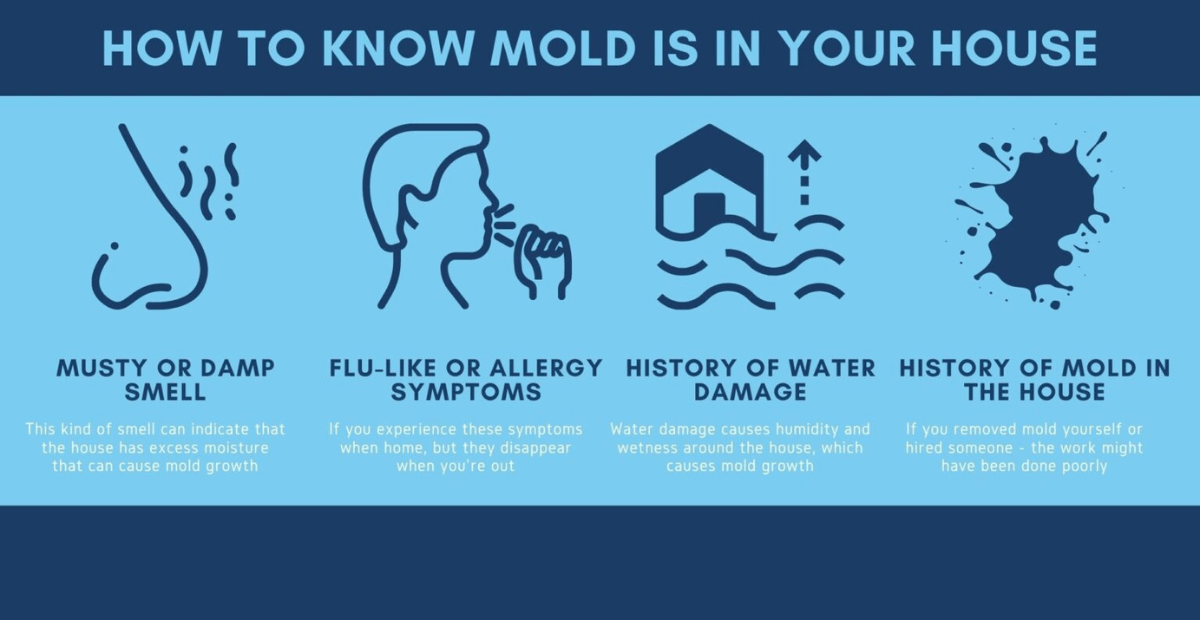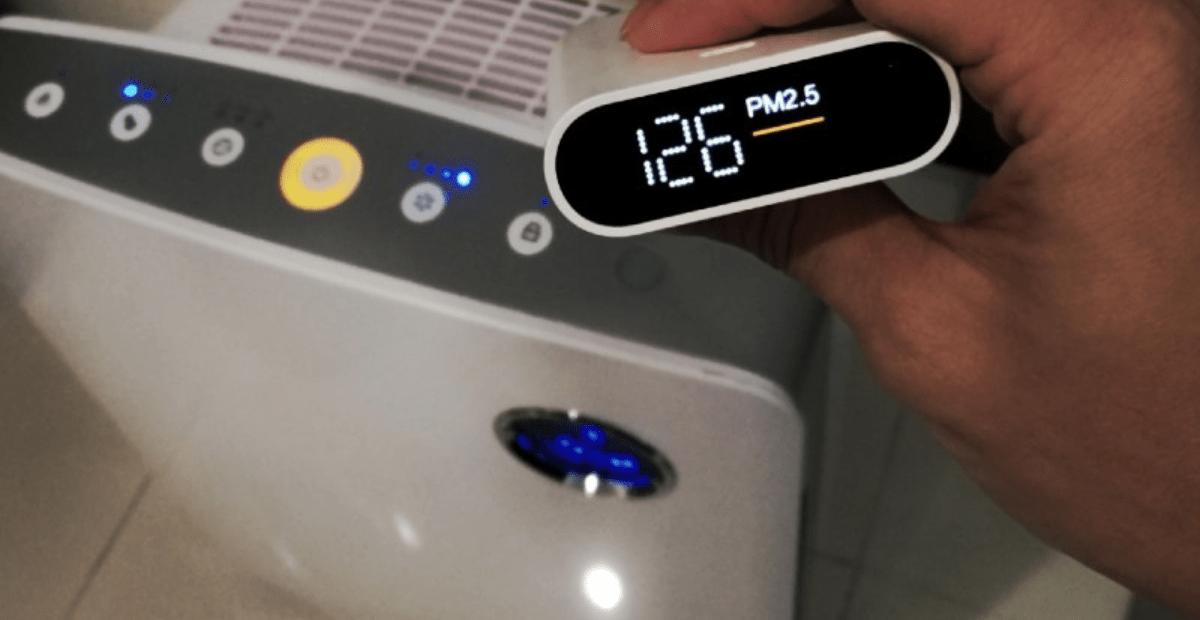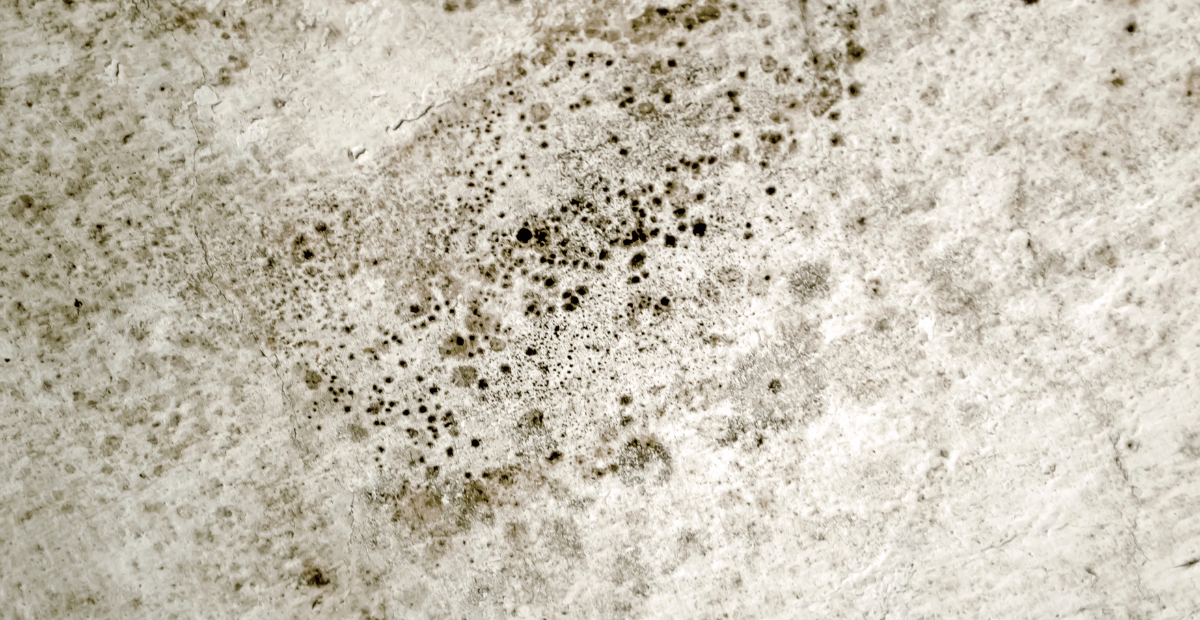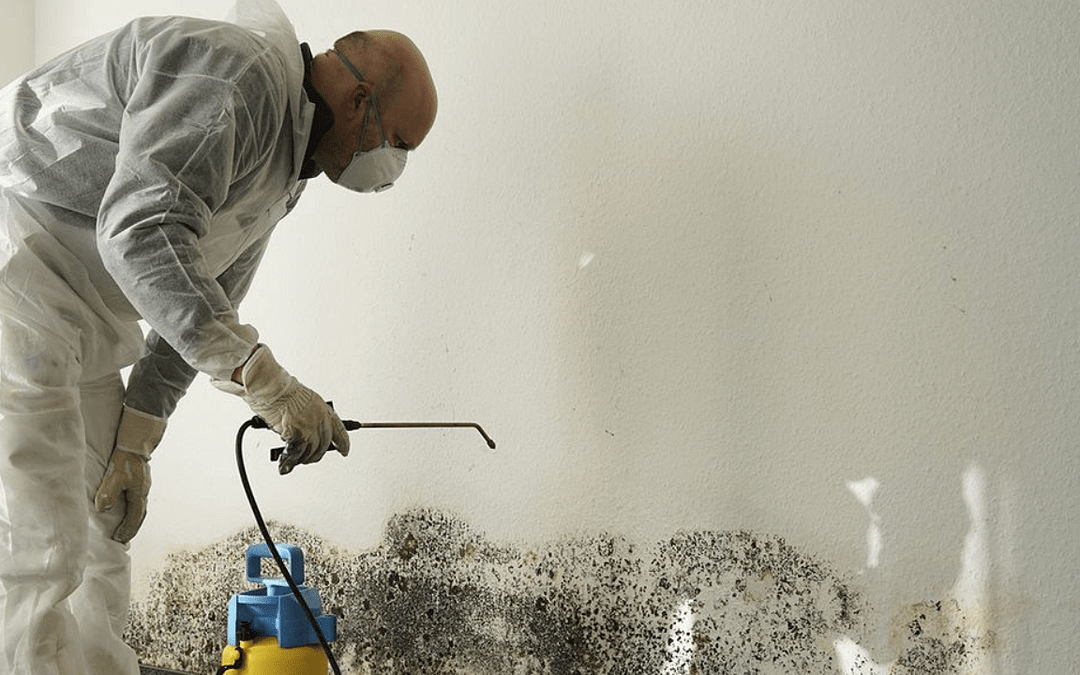
The Truth About Mold Inspection Pricing: What You Need to Know
Once you notice mold, there’s probably more of it hiding elsewhere. To check for mold, homeowners should plan to spend between $299 and $1,014, with an average cost of around $656 for a professional inspection.
Are you worried about mold creeping into your home, office, or even your car? You’re not alone. Mold can be a sneaky intruder, affecting not just your property but also your health and well-being. But before you rush to hire a mold inspector, let’s dive into the nitty-gritty of mold inspection pricing. How much does it really cost? And what factors influence the price tag? Let’s find out.
Understanding Mold Inspection Costs
Mold inspection pricing can vary depending on several factors, including the size of the property, the extent of the mold problem, and the location. Here’s a breakdown of what you can expect:
- Size of the Property: Larger properties typically require more time and resources to inspect thoroughly. Whether you’re dealing with a cozy apartment or a sprawling office complex, expect the size of your property to play a role in determining the cost of mold inspection.
- Extent of the Mold Problem: If you suspect mold growth in just one area of your property, the inspection might be relatively straightforward. However, if mold has spread throughout the building, expect the inspection to be more extensive and potentially more expensive.
- Location: Mold inspection pricing can also vary based on where you’re located. Different regions have different standards and regulations, which can impact the cost of hiring a professional mold inspector.
 Factors Influencing Mold Inspection Pricing
Factors Influencing Mold Inspection Pricing
Now that we’ve covered the basics, let’s delve deeper into the factors that can influence mold inspection pricing:
- Type of Inspection: There are different types of mold inspections, ranging from visual assessments to comprehensive testing. The more thorough the inspection, the higher the cost is likely to be.
- Testing Methods: Mold inspectors may use various testing methods to assess the extent of mold contamination, such as air sampling, surface sampling, or bulk sampling. Each method comes with its own set of costs, which can impact the overall price of the inspection.
- Expertise and Experience: Experienced mold inspectors with specialized training and certifications may charge higher rates for their services. However, their expertise can provide peace of mind knowing that the inspection is conducted thoroughly and accurately.
- Additional Services: Some mold inspectors may offer additional services, such as mold remediation planning or post-inspection consultations. While these services can be valuable, they may also come with additional costs.
Average Mold Inspection Costs
So, how much can you expect to pay for a mold inspection? While prices can vary widely, here’s a general estimate:
- Visual Inspection: $200 – $500
- Air Quality Testing: $300 – $700
- Surface Sampling: $100 – $300 per sample
- Full Mold Inspection: $500 – $1500 (depending on the size of the property and extent of the mold problem)
Keep in mind that these are just ballpark figures, and actual prices may vary based on your specific circumstances.
 Why Invest in Mold Inspection?
Why Invest in Mold Inspection?
You might be wondering if mold inspection is worth the investment. After all, no one likes shelling out money for something they can’t see. However, mold inspection can offer several benefits:
- Protect Your Health: Mold exposure can lead to a range of health issues, including respiratory problems, allergies, and even infections. A thorough mold inspection can help identify potential hazards and prevent health problems before they occur.
- Preserve Your Property: Mold can cause significant damage to your property, including structural damage and unsightly stains. By detecting mold early, you can address the problem before it escalates, potentially saving you thousands of dollars in repair costs.
- Peace of Mind: Knowing that your property is mold-free can provide invaluable peace of mind. Whether you’re a homeowner, business owner, or property investor, investing in mold inspection can give you confidence in the safety and integrity of your property.
Conclusion
Don’t let mold take control of your property and your health. Investing in mold inspection is a small price to pay for the peace of mind and protection it can provide. Whether you’re concerned about mold in your home, office, car, or commercial property, a professional mold inspector can help you identify potential problems and take proactive steps to address them.
So, what are you waiting for? Take the first step towards a mold-free environment today!

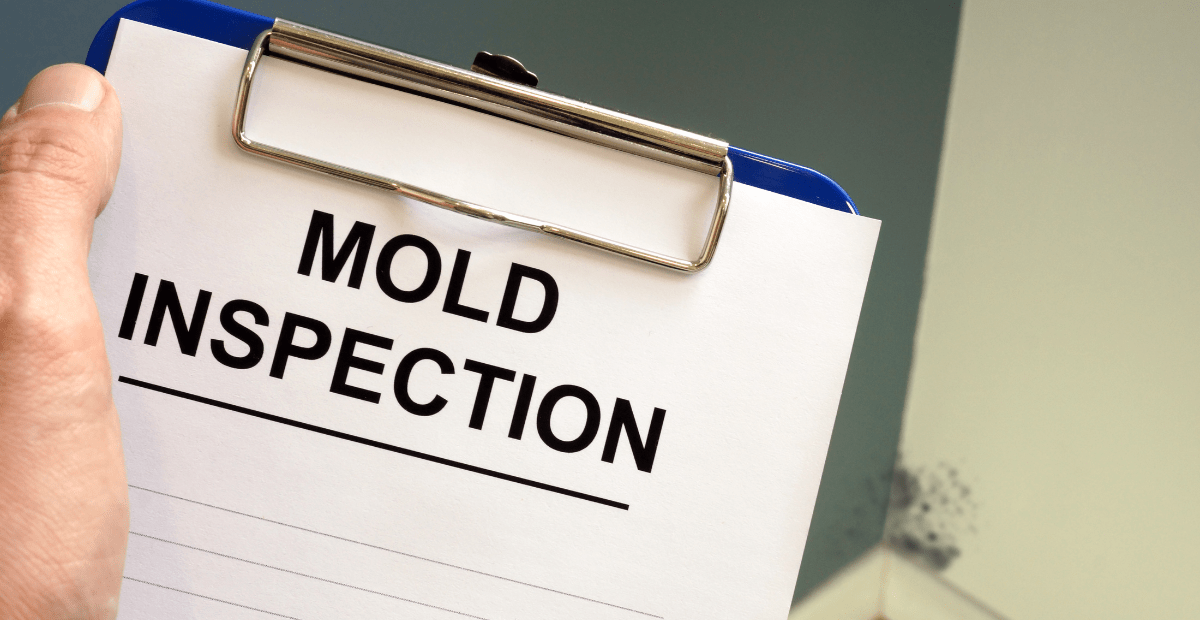 Factors Influencing Mold Inspection Pricing
Factors Influencing Mold Inspection Pricing Why Invest in Mold Inspection?
Why Invest in Mold Inspection?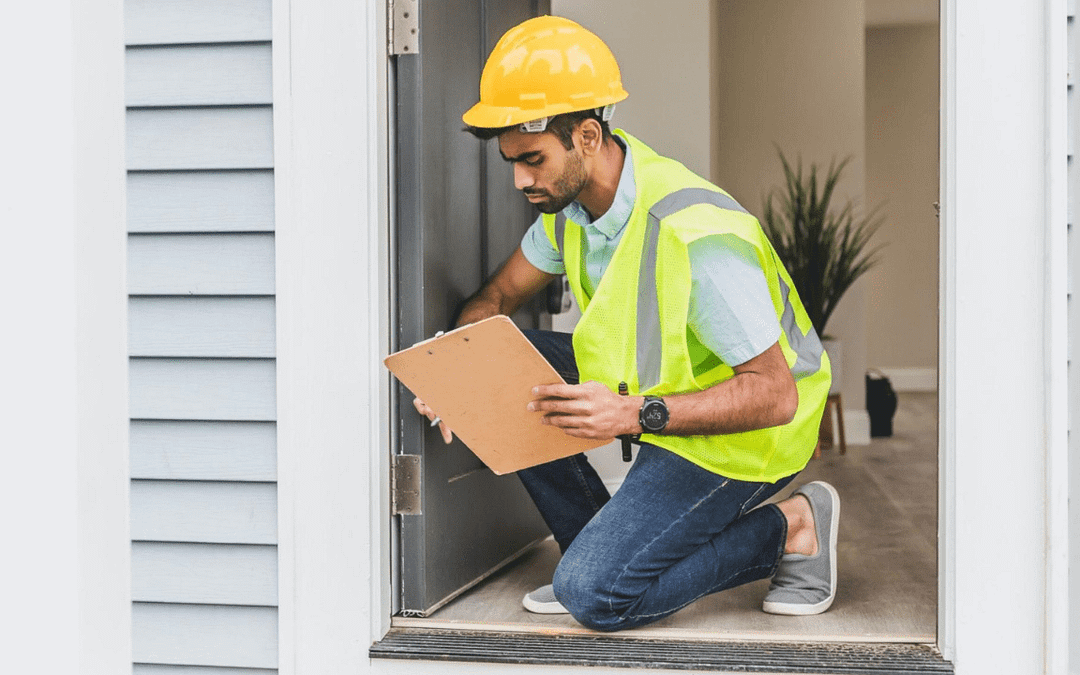
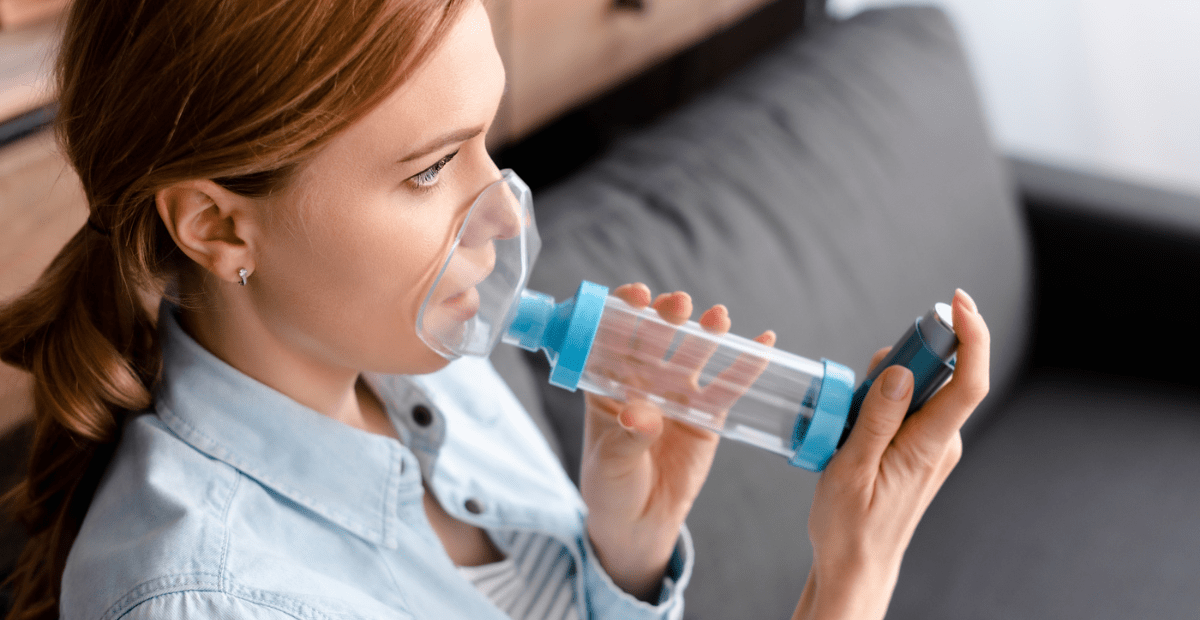 Why is Post-Remediation Mold Testing Important?
Why is Post-Remediation Mold Testing Important? Choosing the Right Testing Service
Choosing the Right Testing Service